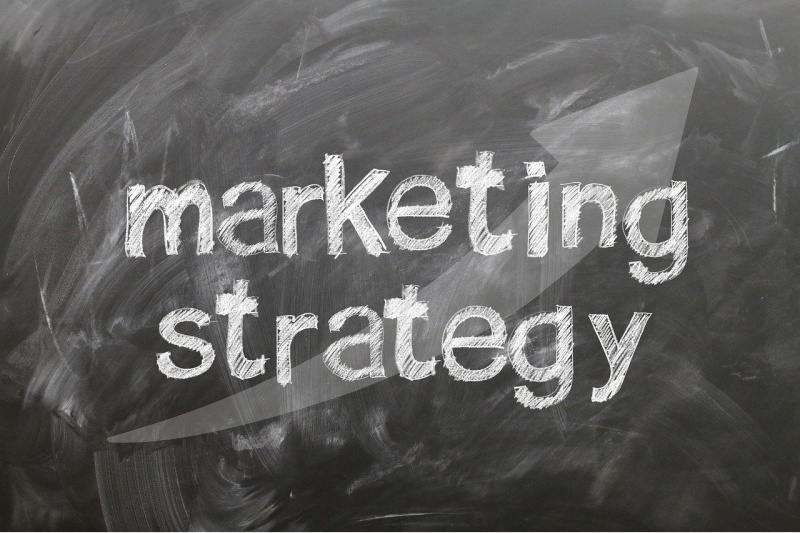Should your marketing strategy be a funnel or a bullseye?
Neither marketing model is wrong — but one is more flexible to real-world situations than the other. And both offer you insights into creating a successful marketing strategy.
Let me explain…
Imagine two images:
- A funnel, where the entire universe of possible clients start at the top of your funnel and trickle through your marketing campaigns until they become paying clients.
- A bulls-eye target, where the outer circle represents the entire universe of possible clients and the inner circle represents your closest paying clients.

Whichever marketing model you’re using, the concept is similar: you are going from a large audience (“top of funnel” versus “outer circle”) of people towards a smaller audience of paying clients.
These aren’t new concepts, but there’s something you should know
In both of these models, you begin by offering something for free, to get people on your mailing list. Through your marketing campaigns, these lead the prospect through the needs assessment phase and the decision-making phase of marketing.
The further along the marketing funnel a client gets, the the more likely it is they’ll buy from you.
Check. Got it.
Nothing new here.
But marketing funnels will trip you up.
Here’s where marketing funnels fail
When you use a funnel marketing strategy, you assume everyone starts at the same place: at the top of your funnel. And this might be true for 70% of your prospects.
But what the 30% who are referred to you from a colleague? Or those that find you in a Google search or on social media, and are ready to buy now?
Some people don’t enter your funnel at the top.
The funnel model doesn’t capture those people who are predisposed to purchase from you.
Many of my consulting clients buy my 90-day private program without ever having been on my mailing list. They heard great things about me from a fan, or they’ve seen me speak at a conference, or they found me through a Google search. I’ve also had people on my mailing list for five years who finally decide to take a class with me. As long as your marketing strategy allows people to enter at any point they want, it’s a viable strategy.
And that means you need more than just a funnel.
Here’s where a bullseye strategy shines
With a bullseye marketing strategy, you target (get it?) your marketing based on what’s really happening on the ground.
- If someone is just discovering you and isn’t ready to buy, you have free offers available, and they move through your marketing campaigns in a linear way. They’re your “funnel” people.
- But, if they are ready to buy, you can market to them wherever they are in the sales process. They’re your “bullseye” people.
Instead of forcing people to go through your marketing funnel in only one way, you are adaptive to their real needs, and your marketing strategy is flexible.
Read my blog post: How to Choose the Best Marketing Techniques based on where prospects are in the sales pipeline.
The sales pipeline is key
The sales pipeline is the movement of a prospect from “not knowing me at all” to “purchasing from me.” But it doesn’t end there: there is an ultimate goal of your sales pipeline — to have raving fans who tell others about you.
This is crucial because knowing where they are in your sales pipeline allows you to select the appropriate marketing technique.
When you use a funnel as your metaphor, you assume everyone starts the sales process at the “not knowing me at all” stage.
But when you use the bullseye model, you’ll identify the different stages of the sales pipeline and then craft the perfect marketing technique to speak with your prospect based on their needs.
For instance, I use different marketing techniques with someone who has seen me speak at a national conference compared to someone who has already taken an introductory level class with me.
Next steps
- Determine where the prospect is in the sales pipeline. Read my blog post: How to Choose the Best Marketing Techniques based on where prospects are in the sales pipeline.
- If they’re early in the sales pipeline, capture their contact information so you can stay in touch, and share great content with them so they get to know you.
- If they already know who you are, and are in the middle of the sales pipeline, craft a marketing plan to help these prospects make the decision to purchase from you.
- If they are near the end of the sales process, stop marketing (stop giving them information), and start selling (making an offer and asking for the sale).
- Price your products/services across all price-points to allow for multiple streams of income.
Take some time to learn more about these models, understand how the audience participates in them, then create a model for your own business. It will give you clarity and insight, and allow you plan your marketing in a more powerful and effective way.

 Why Marketing Fails: The Silo Effect
Why Marketing Fails: The Silo Effect
